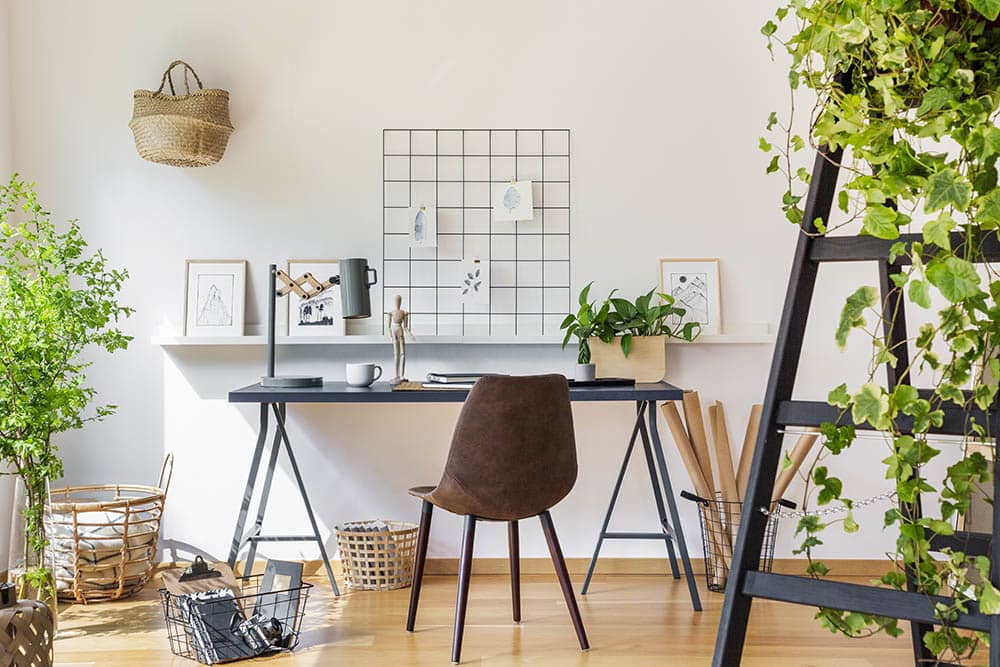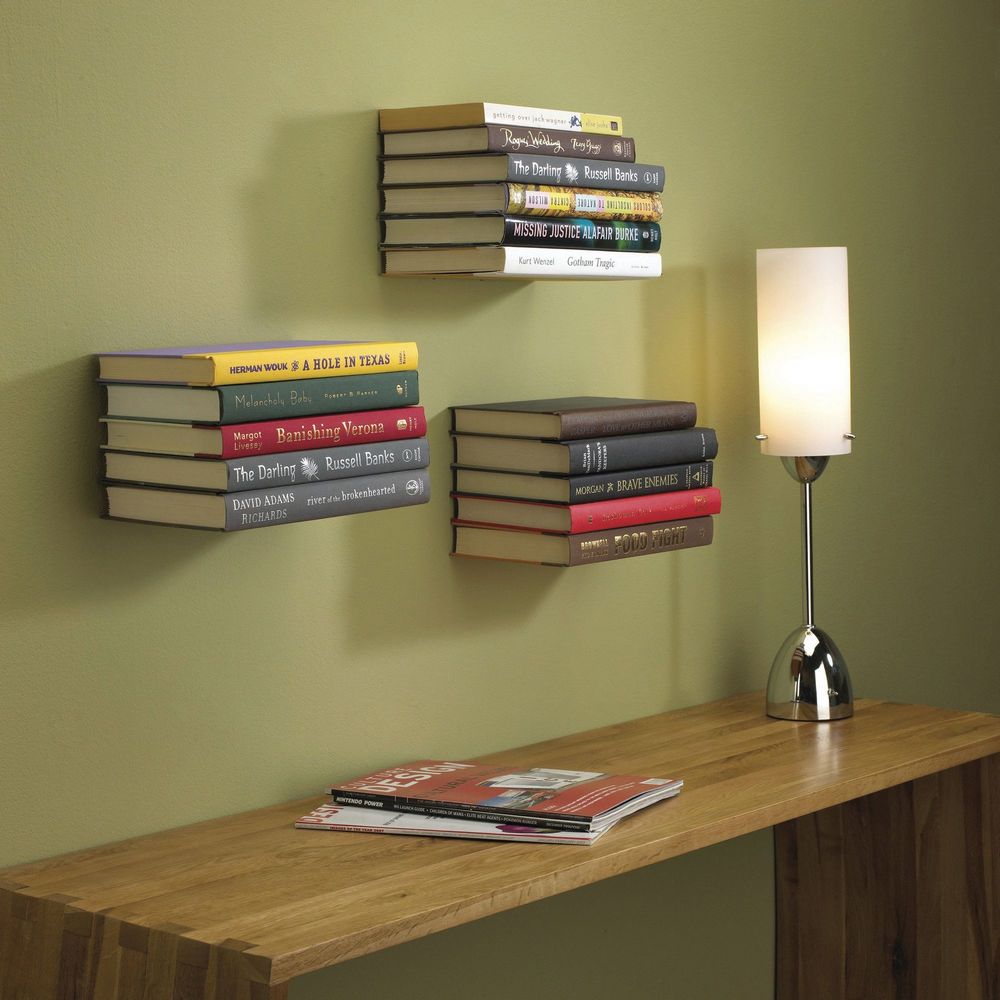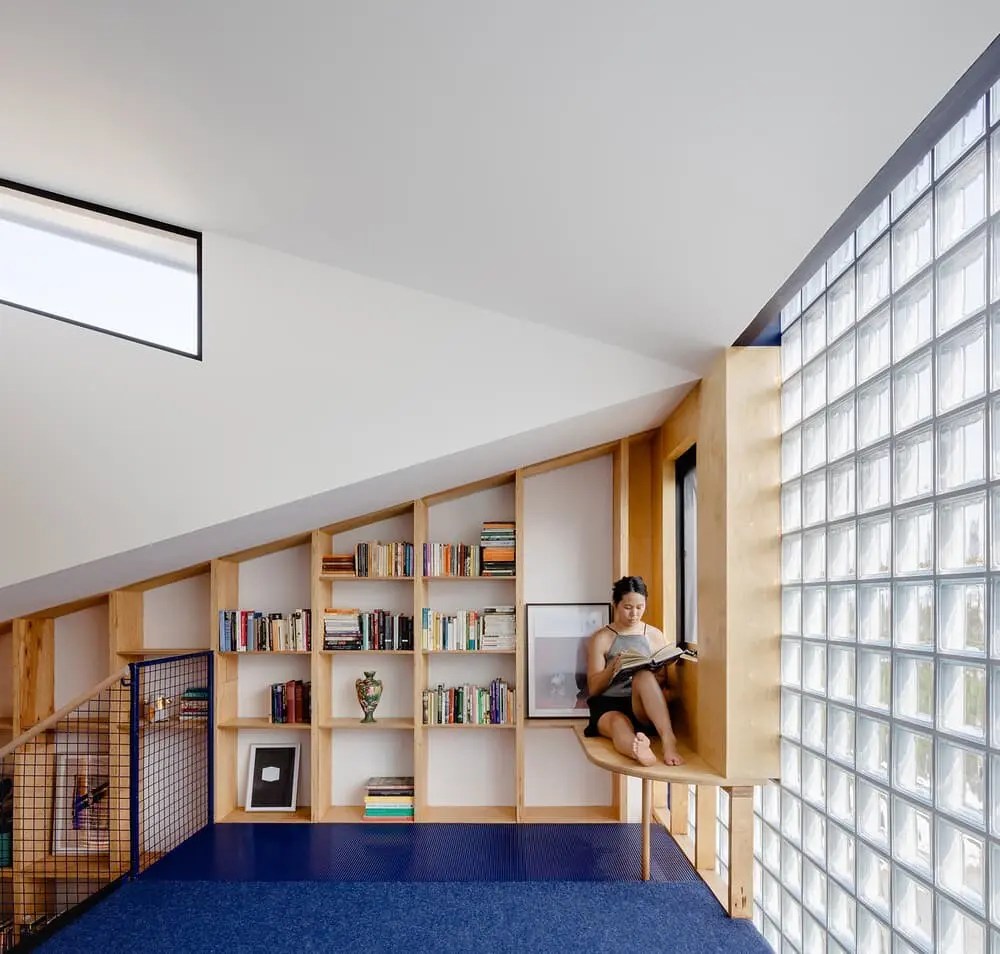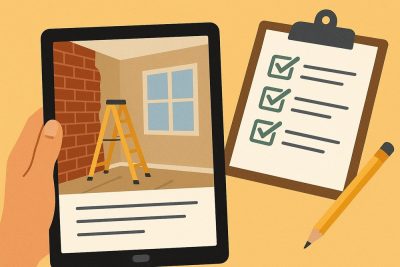
A study room is an important area for several reasons. It serves as a peaceful workspace, personal library, and a place for pastime activity.
Regardless of how you use it, you can design the room according to your bedroom or wall set up and make it functional and comfortable. Studies show that the less time you spend trying to make yourself comfortable, finding books, or ignoring external noise increases study or work efficiency. Because of this, we’ve curated a guide with practical tips that will help you when crafting your ideal lay out.
There are several tricks to help you get the finest. One of the most crucial things is creating the perfect study environment that motivates you to work, read or study.
1. Ensure That Temperature Is Optimal
Extreme temperatures in your homeroom can highly affect your mind and mood, affecting your productivity. Because of this, you need to ensure that the temperature around the space remains neutral. It should never be too cold or too hot. Invest in temperature control gadgets that help you bring temperatures to the desired level. This could easily change everything without costing an arm and a leg.

2. Choose An Inspiring and Vibrant Color Scheme
Suppose your bedroom or seating field is simple and small; select neutral colors or plain white on the walls. It makes the entire space feel spacious and more extensive. The study seaters, desk, manuals, and décor tools will add color. Maintain a light-colored canvas that reflects light and complements the interior design.
If you’re considering developing a personalized hall, opt for calming jewel tones or bold colors. Blue, red, brown, green, and yellow on the wall bring a lively and classy look. Avoid dark schemes such as indigo and black.
3. Create Privacy
A study room should be clear of distractions because it is essential for an excellent work environment. This piece of advice is usually at the top of the lists of study room ideas for home since noise isolation is your number one priority. You should be able to use this section whenever possible. During studies, your phone can be the leading cause of distraction that can affect time management and focus.
If you’re an individual who loves some background music when studying, it’s crucial to ensure that it’s the type of volume you like. Don’t let sounds from the traffic outside, the neighbor, or the TV be a distraction. Try to minimize it as much as possible.
Please turn off your phone, switch on to airplane mode, or silence it when you go to the room.
4. Get The Right Furniture
The tools you purchase are a great factor in the room’s design. After choosing the theme, maintain the study space aesthetic with items that go well.
Don’t rush into making a choice. Go through the available options and select the greatest.
Each library needs a swivel chair or a cozy chair, desktop, or any other accent tool. When choosing a desk, ensure it is durable and sturdy because you will live the most hours there. The chair needs to have strong lumbar support. One with adjustable height is a plus. Ensure that the movables are made for long periods of sitting. Try each item at the store before taking it home.
5. Use Scents
Working or studying in a scene that smells nice is motivating. You can try several essential oils before each session. Studies show that rosemary, lavender, and peppermint oils help to increase retention and concentration. You can diffuse the oils or dab some on the wrists before sitting down. If it doubles up as the bedroom, you’ll also sleep better!
6. Ensure There’s Good Lighting
Working under fluorescents for a long time can be hectic. Some natural light can add vitality and warmth to the reading sector. These are vital for enhancing productivity. An easier way to achieve this is to set up a table or laptop table next to the window. It allows for fresh air and daylight. It helps emotionally and physically.

7. Build A Custom Bookshelf
Buying a bookshelf might be costly. You would rather pay out this cash on adding to your book collection. Building a custom bookshelf is a creative and cheap DIY project that is more satisfying. It gives you the freedom to apply a bookshelf wallpaper which provides you with a more elegant and soothing look.
A shelf is one of the top ways to increase the reading room storage without using much space. You can create floating shelves for your cameras, scanners, and reading materials.
Conclusion
These are some of the best tips if you’re planning to design reading spaces. It is critical to plan your space to guarantee maximum productivity. We hope that they will help you get a perfect study place.
Remember, this is your personal space. You can plan it the way you want it to be. Whether you want it to be in the living room or bedroom, it should suit your habits. Personalizing the space enhances focus and helps you look forward to each session.
Studying or reading takes discipline and dedication, but things get more manageable when the study environment is friendly.
About the Author
Martha Newberg is an expert in environmental psychology who specializes in interior design psychology. She is an author for papersowl.com where she writes about the effect of the interior environment on the learning process and how to maximize the positive side of this influence. As a specialist, she intends to use her writing as an instrument to improve the studying efficiency of space and the well-being of the individuals who exist within it.









